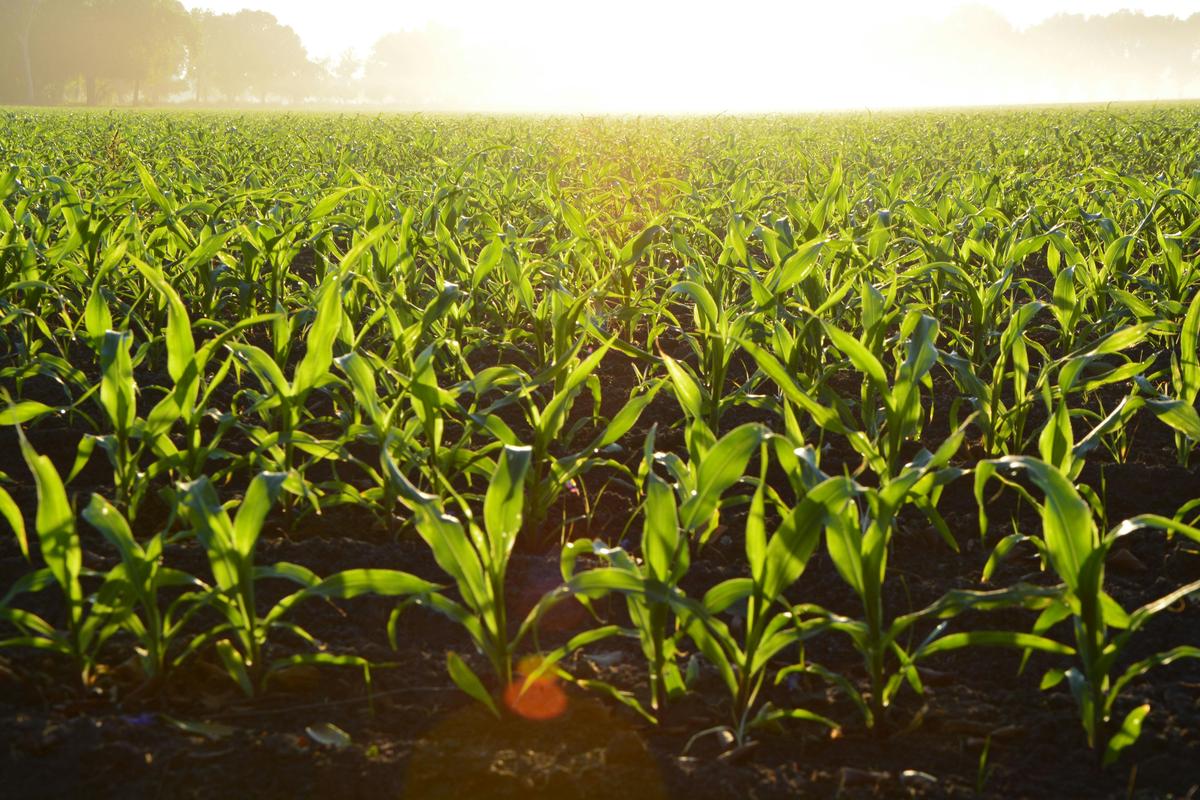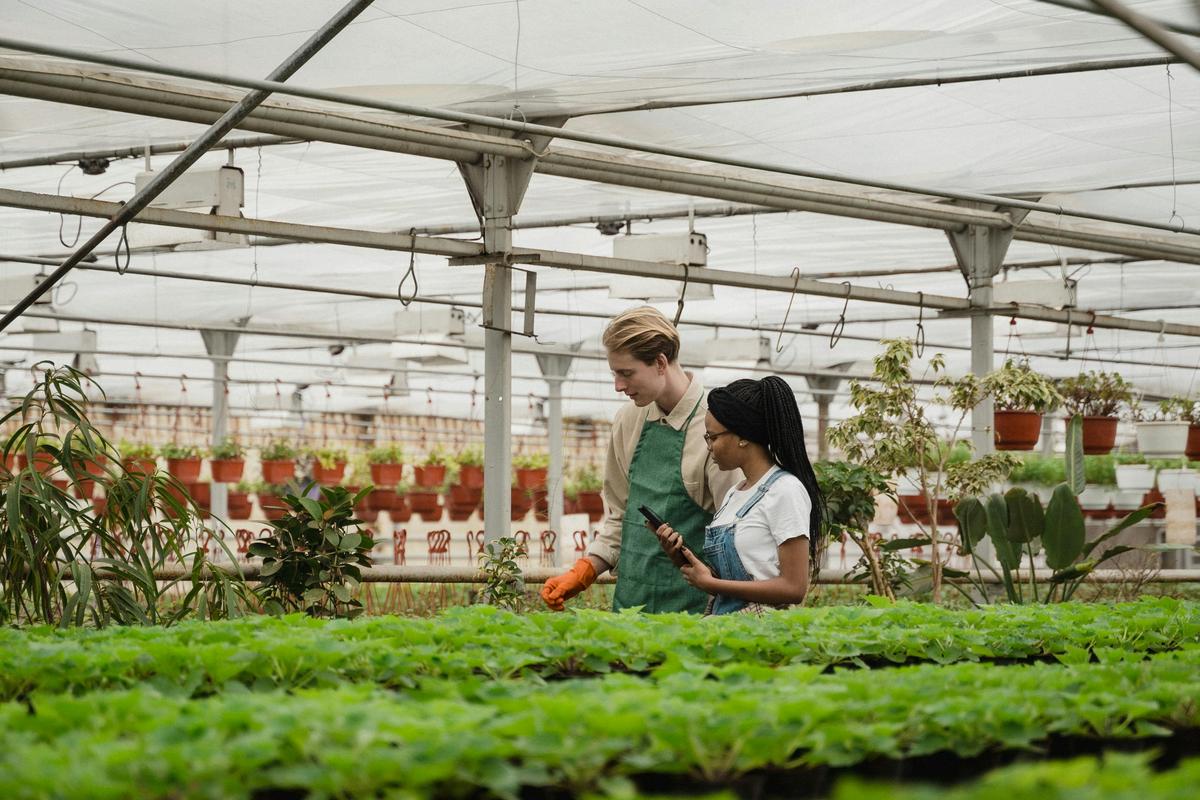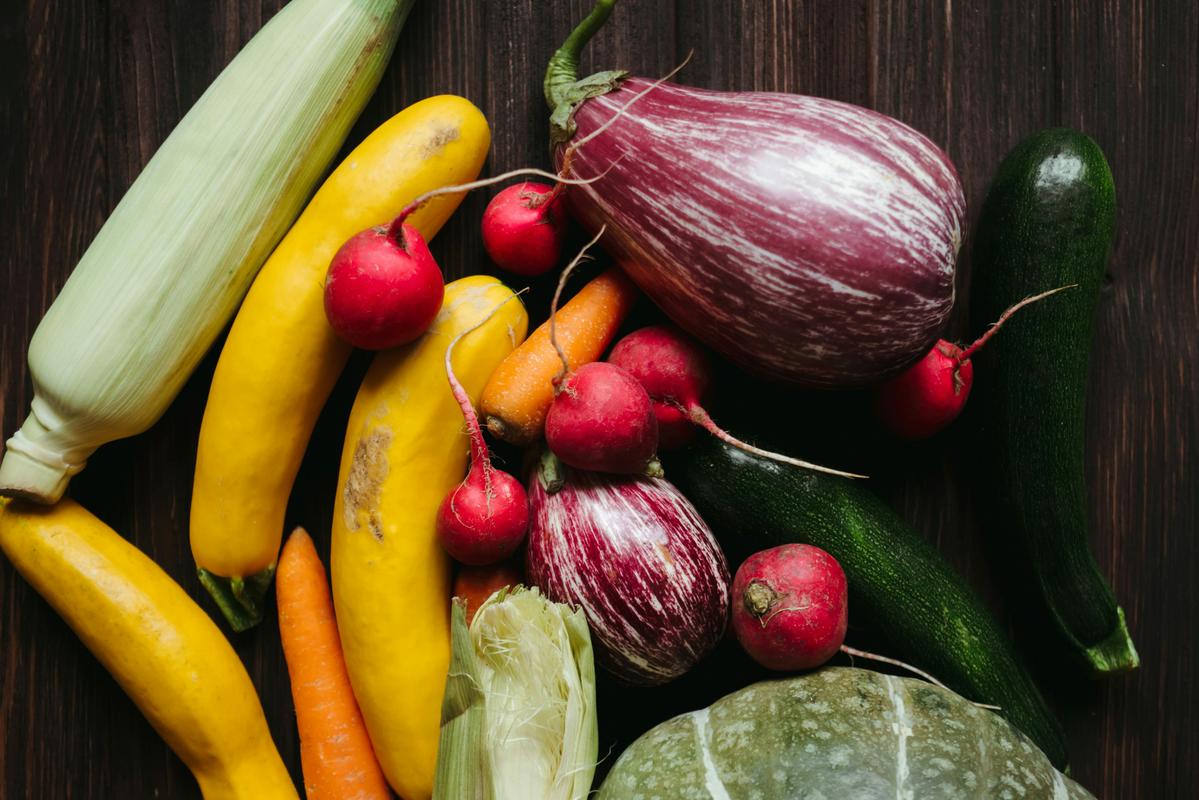Why Is Soil Important? An In-Depth Look at Its Role in Our Ecosystem
Soil is like the unsung hero of our ecosystem, quietly doing a bunch of important stuff that keeps life going on our planet. It’s not just a place for plants to grow, but a super important part of the natural world.
Basically, soil is a huge carbon storage unit, holding way more organic carbon than the plants above it and even more than the air. This helps regulate the carbon cycle globally and helps lessen the impacts of climate change. Soil also cleans and filters water, getting rid of contaminants so that cleaner water can flow into our rivers and underground water sources.
Besides its role in the environment, soil is full of all kinds of life. It’s home to tons of microorganisms, insects, and other creatures that all play a big role in the ecosystem. This diversity is not only cool but also super important because these soil-dwelling organisms break down stuff, recycle nutrients, and keep the balance that lets our natural world thrive.
Soil is also like a living history book of our planet. In its layers, there are natural artifacts and pollen grains that give us a peek into what the environment was like in the past, which is really helpful for scientists and historians.
In the end, soil is the foundation of our whole world. From controlling our climate and cleaning our water to supporting all the different life forms, this humble yet essential resource is really the backbone of our ecosystem. Recognizing and protecting the vital role of soil isn’t just about taking care of the environment, but it’s necessary for life on Earth to keep flourishing. 1 2
 Photo by Alejandro Barrón on Pexels
Photo by Alejandro Barrón on Pexels
The Foundation of Life: How Soil Supports Biodiversity and Agriculture
Soil is the foundation of life, filled with a wide variety of organisms that are crucial for supporting our ecosystems. This complex network of life under our feet is essential for maintaining the delicate balance that helps biodiversity and agricultural productivity.
Soil is home to more living organisms than there are people on the planet, ranging from tiny bacteria and fungi to insects and other creatures. These soil-dwelling organisms are the unsung heroes of our natural world, helping to cycle essential nutrients, improve water absorption and storage, control pests and diseases, and break down organic matter. The Food and Agriculture Organization estimates the socio-economic value of this soil biodiversity to be over $1.5 trillion.
Healthy, diverse soils are key for food security, as agriculture depends on this limited resource to produce food.
Soils that support natural, non-agricultural ecosystems usually have the highest diversity of life, while agricultural soils with fewer chemical inputs tend to have more biodiversity. Simple farming techniques, like crop rotation, less tillage, and adding organic matter, can greatly increase the number and variety of soil-dwelling organisms.
In the face of climate change and food security challenges, the importance of protecting and restoring our soils is becoming increasingly clear. By understanding the vital role of soil in supporting life on our planet, we can take steps to protect this valuable resource and ensure a thriving future for generations to come. 3 4
 Photo by Tima Miroshnichenko on Pexels
Photo by Tima Miroshnichenko on Pexels
Soil and Water: Understanding the Crucial Relationship for a Healthy Environment
Healthy soil is crucial for vibrant, strong plants. When soil is full of nutrients and well-structured, it acts as a natural defense against pests and diseases, allowing plants to thrive without the need for harmful chemicals. The sponge-like texture of healthy soil also helps it hold onto moisture, making plants more resistant to drought and reducing the risk of erosion.
But soil’s importance goes beyond just the garden. It plays a key role in regulating our water systems, capturing and filtering stormwater to replenish groundwater reserves. This filtering process not only ensures clean water but also keeps weeds from growing, maintaining the balance of our natural landscapes.
Soil also has a big impact on the climate. As a huge carbon sink, healthy soil can store large amounts of carbon, helping to combat the effects of climate change. In fact, the roots and fungi within the soil are responsible for capturing 50-70% of all stored carbon, making soil a strong ally in the fight against global warming.
- Healthy soil helps plants resist pests and diseases.
- Soil’s sponge-like structure helps it retain moisture and prevent erosion.
- Soil filters stormwater, replenishing groundwater reserves and suppressing weeds.
- Soil is a significant carbon sink, with roots and fungi storing 50-70% of all captured carbon.
- Soil provides essential minerals and nutrients to support plant growth and ecosystem health.
By understanding the vital role of soil, we can unlock the key to a healthier, more sustainable future. It’s time to recognize soil as the unsung hero it truly is, and to nurture this precious resource for the benefit of our entire planet. 5 6
Protecting Our Planet: Sustainable Practices to Preserve Soil Health
Soil is like the unsung hero of our planet, a living, breathing foundation that supports all life. This complex network of microbes, minerals, and organic matter is the rock on which our ecosystems thrive. Healthy soil does a bunch of important things, like regulating water, helping plants and animals grow, cleaning up pollutants, recycling nutrients, and keeping things stable.
But with more people in the world and higher demands for food, our soil’s health is at risk. Luckily, more farmers and land managers are starting to use sustainable practices that help the soil bounce back. By disturbing it less, keeping it covered, and encouraging biodiversity, they’re giving the land a new lease on life.
For example, no-till farming keeps the soil’s structure intact, which lets good microbes do their thing. Cover cropping protects the soil from erosion, adds organic matter, and feeds the busy community of organisms below the surface. Mixing up crops and grazing animals in different areas also helps enrich the soil, bringing back important nutrients and making it stronger.
These holistic approaches don’t just help the land – they also benefit farmers. Healthier soil means better water absorption, lower costs, and crops that can handle the challenges of a changing climate. It’s a win-win situation that shows how working with nature can pay off.
As we work to feed more people, taking care of our soil needs to be a top priority. By using sustainable practices, we can make sure this living, breathing foundation keeps supporting the delicate web of life for generations to come. It might not be easy, but the rewards are huge – a thriving, strong ecosystem that keeps us all going. 7 8
 Photo by Polina Kovaleva on Pexels
Photo by Polina Kovaleva on Pexels
References
-
“Why Are Soils Important” - www.isric.org ↩
-
“Soil And Environment” - www.soils4teachers.org ↩
-
“Soil Biodiversity” - www.environment.nsw.gov.au ↩
-
“Soil Ecosystem” - www.bartleby.com ↩
-
“Soil Health” - www.nrcs.usda.gov ↩
-
“Soil Health” - www.farmers.gov ↩
